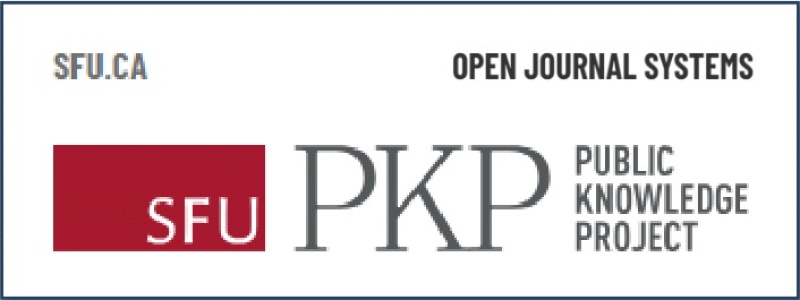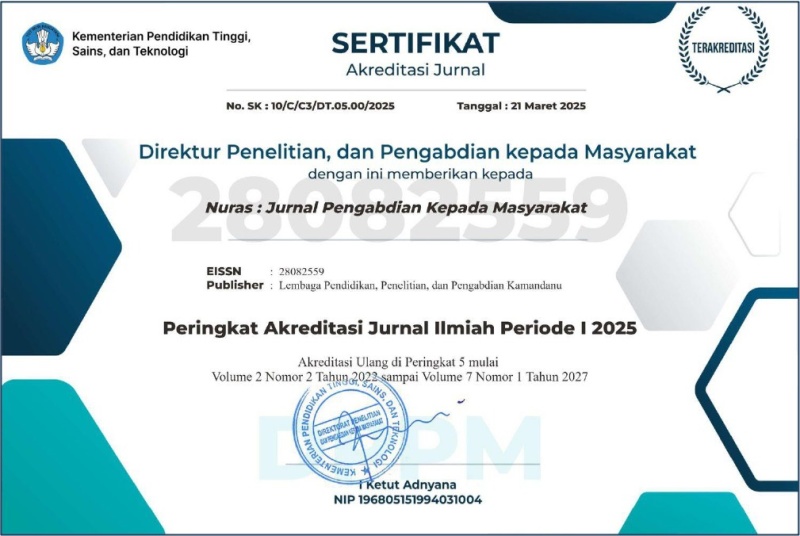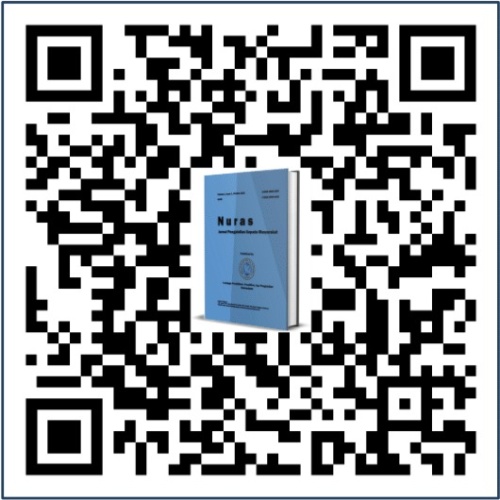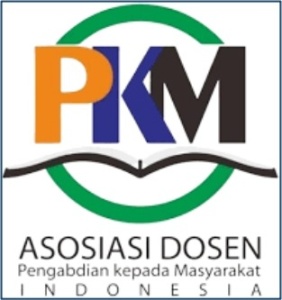Workshop Bioakustik : Mengatasi Masalah Penelitian Biodiversitas Satwa Liar di Masa Pandemi Covid-19
DOI:
https://doi.org/10.36312/njpm.v2i1.33Keywords:
Bioacoustic Workshop, Biodiversity, Wildlife, Covid-19.Abstract
The service activity aims to hold a bioacoustic workshop for students of the Department of Biology Education, Faculty of Applied Science and Engineering, Mandalika University of Education, with the theme of overcoming the problem of wildlife biodiversity research during the Covid-19 Pandemic. This is done so that students know, recognize types of bioacoustics, and understand how to use bioacoustic tools to be used as an alternative to track and identify wild animals without touching or even catching animals that are the object of observation. Bioacoustics is used as a tool to identify the presence of wildlife, the output of the bioacoustic method can also be used to calculate various biodiversity indices, such as the Acoustic Diversity Index (ADI). Bioacoustics is one alternative that can be done in wildlife biodiversity research during the Covid-19 pandemic. The method of implementing the service consists of several stages, including: 1) coordination of activities; 2) preparation of activity tools and materials; 3) implementation of activities: on the first day of socialization (description of bioacoustics and introduction of bioacoustic types) and the second day of carrying out practice and mentoring (practice on how to use bioacoustic tools in the campus environment and assistance in data collection and analysis of bioacoustic data); 4) evaluation; and 5) preparation of reports and publications. Service activities have been carried out on Wednesday, October 20, 2021 at 14.00 WITA through the Zoom Meeting room and Thursday, October 21, 2021 at the Mandalika Education University Campus. The activity was attended by 30 students and students of the Department of Biology Education, Faculty of Applied Science and Engineering, Mandalika University of Education. On the first day, the team provided materials related to bioacoustics. The material was delivered by a resource person from the Sumatra Institute of Technology (Mhd Muhajir Hasibuan, M.Si) through the Zoom Meeting room. On the second day, the service team gave an example of how to record wildlife sounds using Audio Month. Students were quite enthusiastic about the implementation of this activity, because this was the first time this activity was carried out in Department of Biology Education, Faculty of Applied Science and Engineering, Mandalika University of Education. Outcomes and targets for achievement in service activities are the publication of articles in Nuras: Journal of Community Service (Accepted), videos of the implementation of activities on Youtube (Online/accessible), increasing the empowerment of partners (students of biology education study program) by providing socialization, mentoring, and practice of using bioacoustic equipment (Achievable).
Downloads
References
Hidayat, M. (2017). Analisis Vegetasi dan Keanekaragaman Tumbuhan di Kawasan Manifestasi Geotermal Ie Suum Kecamatan Masjid Raya Kabupaten Aceh Besar. Biotik : Jurnal Ilmiah Biologi Teknologi dan Kependidikan, 5(2), 114-124. http://dx.doi.org/10.22373/biotik.v5i2.3019
Mustari, A. H., Setiawan, A., & Rinaldi, D. (2015). Kelimpahan Jenis Mamalia Menggunakan Kamera Jebakan di Resort Gunung Botol Taman Nasional Gunung Halimun Salak. Media Konservasi, 20(2), 93-101. https://doi.org/10.29244/medkon.20.2.%25p
Penar, W., Magiera, A., & Klocek, C. (2020). Applications of Bioacoustics in Animal Ecology. Ecological Complexity, 43(4), 1-5. https://doi.org/10.1016/j.ecocom.2020.100847
Russ, J. (2012). British Bat Calls: A Guide to Species Identification. United Kingdom: Pelagic Publishing.
Setiawan, B. D., Cholissodin, I., & Putri, R. P. M. (2016). Mendeteksi Jenis Burung Berdasarkan Pola Suaranya. Jurnal Teknologi Informasi dan Ilmu Komputer, 3(2), 126-132. https://doi.org/10.25126/jtiik.201632183
Sulistiyanti, S. R., Setyawan, F. X. A., Purwiyanti, S., & Jaya, M. A. (2019). Rancang Bangun Camera Trap Pengirim Video Real-Time Berbasis Video Sender. Jurnal EECCiS, 13(1), 38-41. https://doi.org/10.21776/jeeccis.v13i1.546

Downloads
Published
How to Cite
Issue
Section
License
Copyright (c) 2022 Siti Rabiatul Fajri, Akhmad Sukri, Sucika Armiani, Titi Laily Hajiriah, Masiah, & Mhd Muhajir Hasibuan

This work is licensed under a Creative Commons Attribution-ShareAlike 4.0 International License.
-
Attribution — You must give appropriate credit, provide a link to the license, and indicate if changes were made. You may do so in any reasonable manner, but not in any way that suggests the licensor endorses you or your use.
-
ShareAlike — If you remix, transform, or build upon the material, you must distribute your contributions under the same license as the original.









































